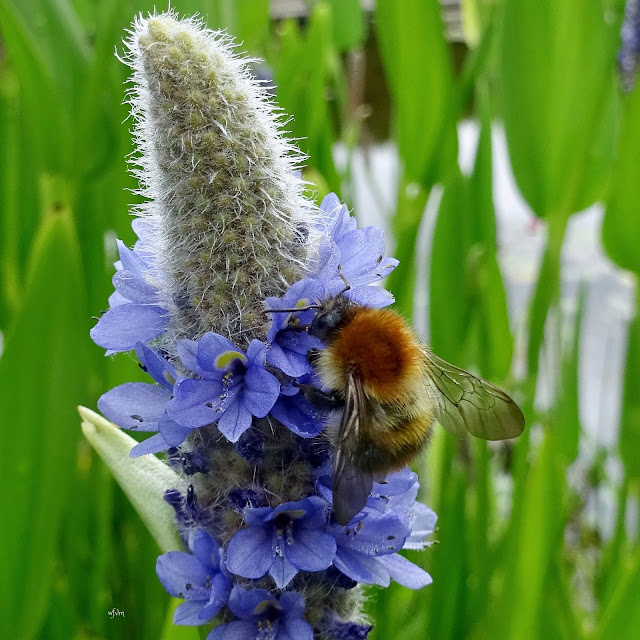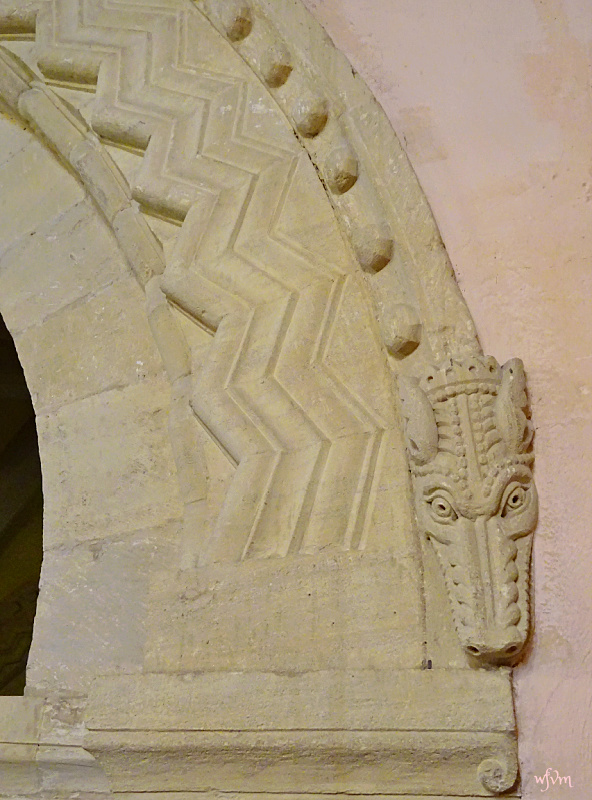....................an ensemble of bird song fills the air as the butterfiles dart and flit around the flowers.
At this time of year the garden is a riot of colour, but it sad just how quickly the flowers come and go. I want to stop the clock, and enjoy them for longer.
Currently the tree peonies are the "show stoppers". The two at the top are hybrids, and the yellow and red flowers at the bottom are trees native to China. The yellow flower is Paeonia Ludlowii, and the red flower is Paeonia delavayi - these two trees are now roughly 2.44m high, but we prune them at the end of autumn to restrain their size and height. The red one is not commonly seen, but the yellow one is easy to propagate via its very large shiny black seeds. Many of our friends and relatives now have a Paeonia Ludlowii offspring growing in their garden from this tree.
I love this Geranium phaeum - mourning widow, or black widow. It makes a striking little flower in a mixed border.An Allium flower ready to open....
............One day later
The smell of moist earth and lilacs hung in the air like wisps of the past and hints of the future......Margaret MillarEvery year we look forward to the May flowering of this glorious Cercis Siliquastrum, Judas Tree, a tree that we nearly lost as a young sapling. A local male deer entered the garden and proceeded to rub his antlers up and down the trunk tearing away the bark. We thought all was lost, but it is now almost the same height as this Aesculus hippocastanum - Horse Chestnut tree.
When the world wearies and society fails to satisfy, there is always the garden - Minnie Aumonier
























.jpg)



















.jpg)

